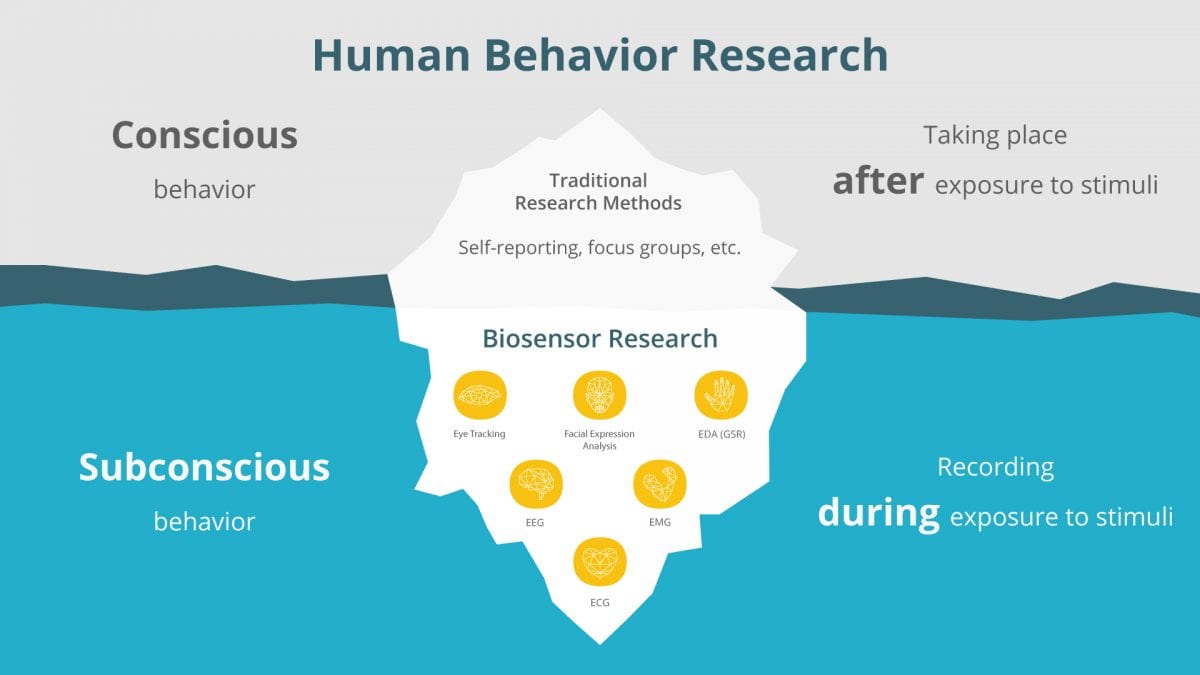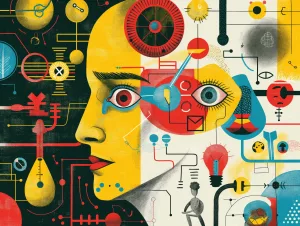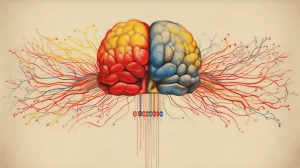Biosensor research may be defined as a method of investigating the subconscious signals from the body, to reveal otherwise hidden features related to emotion, attention, cognition and physiological arousal.
Biosensor research uses sensors that are designed to measure and record various signals that our body produces, from our facial expressions and eye movements, to our heart rate, brain signals, and more.
Table of Contents
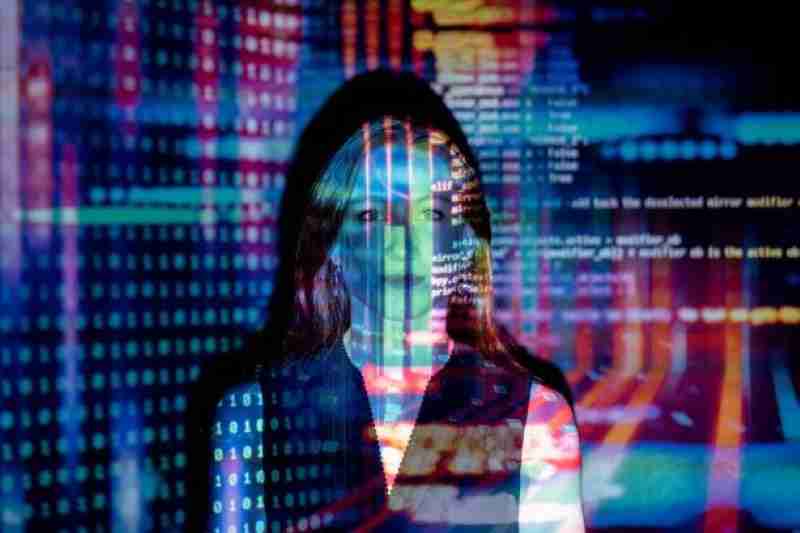
Check out our Extensive Guide on Human Behavior
We subconsciously produce these signals all the time. When we look at a stimulus, such as an image or an advertisement, for example, our eyes focus on various features and our facial expression may change. Additionally, electrical activity generated across our skin adjusts in response, and brain activity might be altered. All of these signals tell a deep story about the physiological response to the stimulus and can be measured with biosensors.
A stimulus refers to anything that leads to a sensory or behavioral response in an organism. In a research context, any material or object shown to a participant is considered a stimulus. It can be an image, a video, a fragrance, a musical piece, etcetera.
Why Multi-Sensor & Traditional Research should be combined
Traditional methods that have long been used to investigate human behavior have focused on a question-answer approach (be it with surveys, questionnaires, or through simple observation). While this approach may generate a great amount of insight, it may at times lack the quantitative and objective data necessary to support or refute the claims made.
There are a variety of reasons why the question-answer approach has its drawbacks. Such methods are prone to biases, with respondents unwilling or unable to speak their minds. Even when respondents attempt to be fully open and honest, there are subconscious biases and a variety of other factors at play that may alter their response. By providing a method to measure the subconscious thoughts and feelings of a respondent, these factors can be quantified, compared, and utilized to make conclusions that can support or refute the original hypotheses. Each biosensor provides a different and collaborative element in that understanding.
Read more on What is Bias? [A Field Guide for Scientific Research]
Many factors can influence human behavior, and these factors create uncertainty, or variability, in how people will act. The goal of multimodal research is to explain as much of that variability as possible.
If we think of variability as a pie, we want to carve out the largest, non-overlapping slices that we can. To do this, we use biosensors and traditional methods (such as surveys and focus groups) to complement one another to understand as much of that “pie” as possible.
Each slice below represents some percentage of variability that can be explained by each research method. The numbers shown are hypothetical examples of how much non-overlapping variance each methodology could explain.
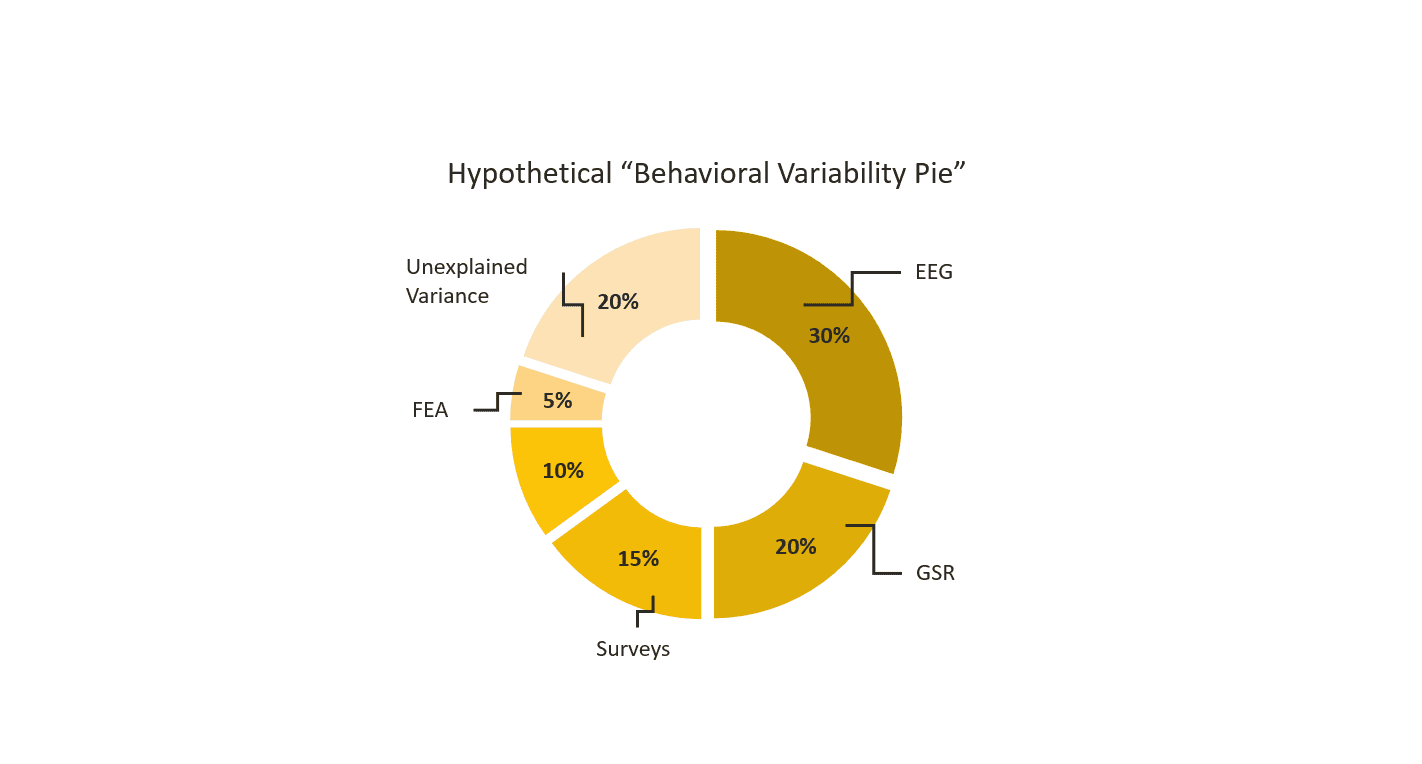
Traditional methods and biosensor methods can complement each other by answering different types of questions about the psychological and physiological journey of an individual in relation to a certain stimulus or experience. Traditional methods can answer questions like:
Why do people believe they respond to certain stimuli, and not others?
Why do people believe they prefer one stimulus over the other?
What do people consciously remember from an experience?
While these traditional methods can provide subjective reports of an experience, biosensor methods add a level of objectivity to researchers’ analyses. With biosensor measures, one
can gain insight into curiosities such as:
What do people have cognitive-emotional reactions to? How intense are those responses?
How frequently do those responses occur?
What gets overtly noticed, and what gets ignored or goes missed?
What are the underlying biological mechanisms that can drive behaviors?
Below is a list of advantages and considerations associated with each different type of human behavior research methodology.
Traditional Research Methods
Includes survey, focus groups, and interview methodologies
| Advantages | Considerations |
|---|---|
| Can identify what respondents consciously remember about an experience | Social bias: Respondents may answer questions in ways that they believe the experimenter wants them to respond |
| Can reveal actual behavior, such as in observational research studies | Typically are collected after the fact, and therefore are limited by what people remember about the stimuli and how they felt in the moment |
| Gives respondents the opportunity to elaborate on why they believe they responded to a stimulus the way they did | May not be well-suited to reveal respondents’ feelings about a stimulus; are reliant on individuals having the necessary emotion vocabulary (and self-awareness) to describe their thoughts and feelings |
Biosensor Research Methods
Includes physiological, biological, and other non-verbal measures
| Advantages | Considerations |
|---|---|
| Measures are collected in-the-moment, and therefore reflect cognitive-emotional responses as they happen | Typically require controlled, lab-based research setups, which can limit ecological validity |
| Are generally unbiased: They are difficult or impossible to “fake” | Can be subject to over-interpretation and/or reverse inference: There is a temptation to think of these tools as “mind-reading” |
| Can provide insight into the emotional experience that is language-independent: People do not need to be able to explain or label their emotional state | Can answer what and how questions (e.g., “how do people respond to these videos?”), but not necessarily why questions (“why are they responding that way?”) |
Check out: Biometric Research – How to Create the Ideal Experimental Setup
Notes:
- Ecological validity is the degree to which a study’s findings are generalizable to natural life settings.
- Reverse inference is a logical fallacy made when interpreting brain imaging data.
Web-Based vs. Lab-Based Research
Over the past few decades, survey-based research has increasingly moved from in-person to online administration for reasons of cost and audience reach.
In turn, there is increasing demand for online biosensor solutions to pair with such methodologies, such as web-based eye tracking and facial expression analysis. However, there are some critical trade-offs between online- and lab-based biosensor research:
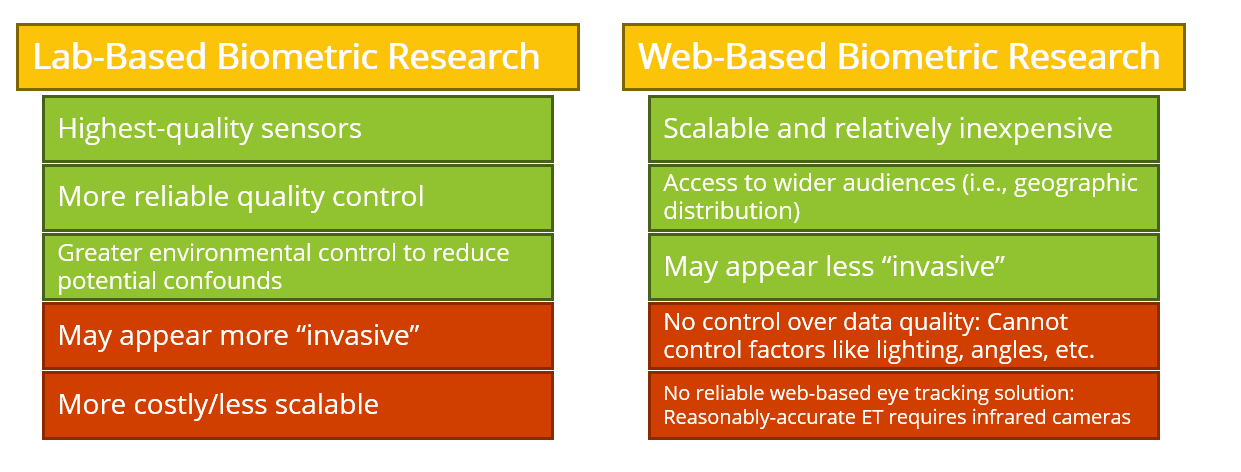
Web-Based Research
There are a lot of compelling reasons to conduct biosensor research through web browsers but also some draw back when it comes to data quality. However depending on the aim of the study web-based biosensor research can still be a good solution for your research.
Web-based biosensors currently cover two modalities: Eye tracking and Facial Expression Analysis (FEA). This can then be combined with traditional self reporting through surveys as well as capturing both mouse clicks and screen recording of the participants screen.
Some limitations to web-based research include a lack of control over data quality and the inability to collect other modalities such as GSR or EEG.
iMotions offers two options for getting started with web-based research. iMotions Online which is a dedicated browser based research tool, allowing for state of the art webcam eye tracking, facial expression analysis as well as screen recordings and self reporting. And then iMotions Online Data Collection Module, which is an extension to iMotions Lab which allows you to access all the same features of iMotions Online, but built around the familiar iMotions Lab interface.
Check out: Revisiting Yarbus’ Unexpected Visitor using webcam eye tracking
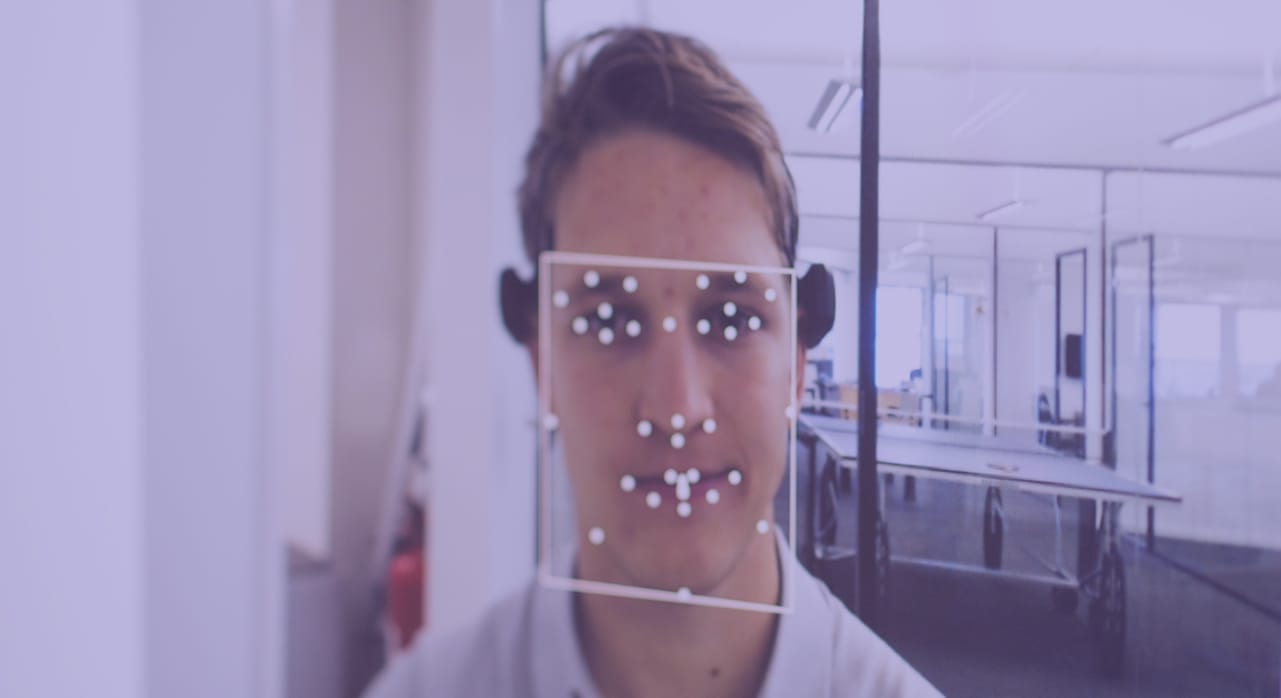
Check out: How Facial Expression Analysis can be done remotely
This solution allows researchers not only to analyze facial expressions in real-time but also to analyze videos after-the-fact by post-processing facial expression data.
Remote Research
Another option for remote research is behavioral coding. Behavioral coding is defined as a set of methodical, standardized, quantifiable observations about a participant. Combined with biosensor data and self-report, behavior insights gleaned from this process provide a comprehensive analysis for your research.
Check out: How to Do Behavioral Coding in iMotions
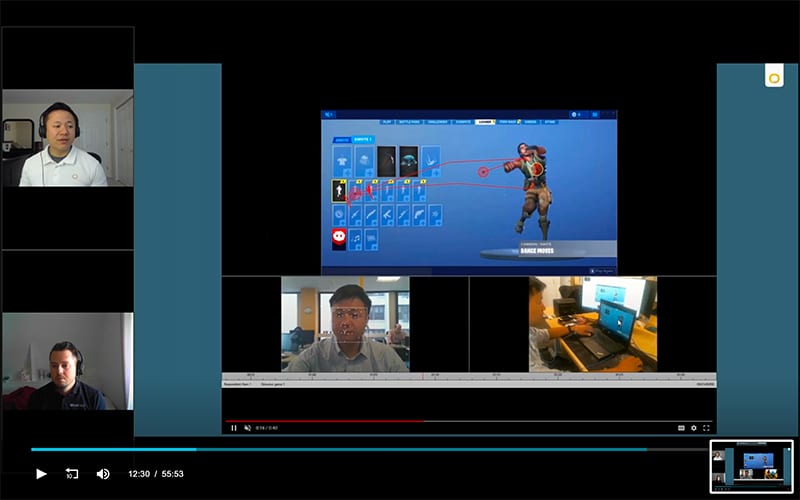
How Multi-sensors complement research
A common question that arises when researchers inquire about biosensor research is, “Can biosensors do a better job of measuring human behavior than my current research methods?” However, this is the wrong question to be considering when thinking about adding biosensors to your research.
Instead, consider asking, “What new questions can I answer with biosensors?” Rather than thinking of biosensors as a replacement for our current research methods, it is important to reframe our thinking to view biosensors as a complement to our traditional methods.
Check out: The Study of Human Behavior: Measuring, analyzing and understanding [Cheat Sheets]
Biosensors can add an additional layer of granularity by allowing us to ask new questions and take our research a step further. If you are interested in learning more about multi-sensor testing or specific biosensors for your research, please check out our blogs below, or contact us for more information.
Multimodal research
Unlock multimodal research through modules for iMotions Lab. Each module ads additional functionality and analysis options to iMotions Lab and integrates with top of the line biosensors.
-
Respiration
Measure breathing
-
Webcam Eye Tracking
Webcam Eye Tracking
-
Voice Analysis
Emotion and Voice Characteristics
-
Eye Tracking
Screen Based
-
Eye Tracking VR
Virtual and mixed reality eye tracking
-
Eye Tracking Glasses
Eye tracking using glasses
-
FEA
Facial Expression Analysis
-
EDA / GSR
Electrodermal Activity
-
EEG
Electroencephalography
-
ECG
Electrocardiogram
-
EMG
Electromyography
-
Remote Data Collection
Collect webcam eye tracking, FEA and Voice




